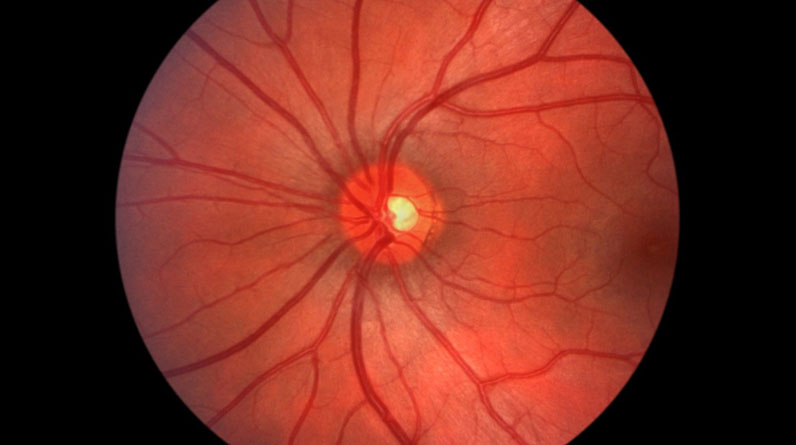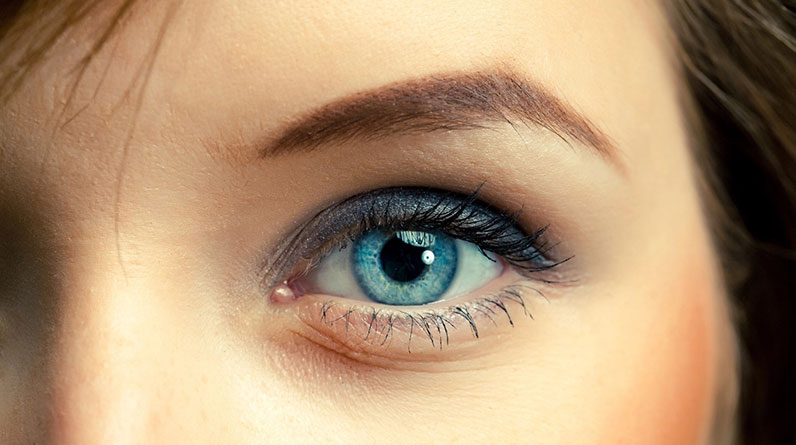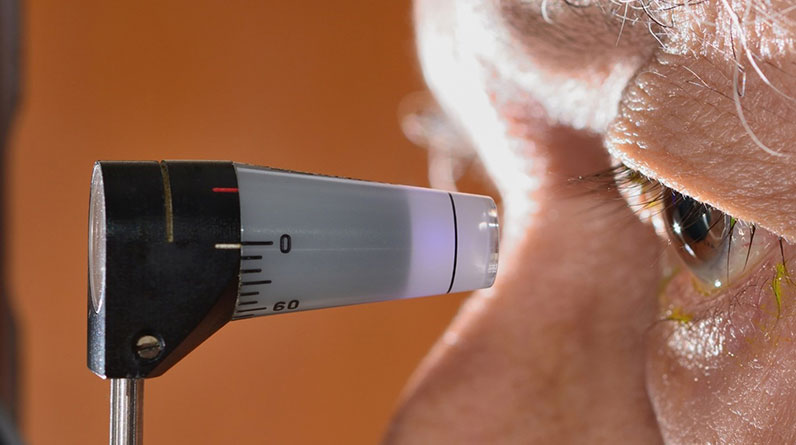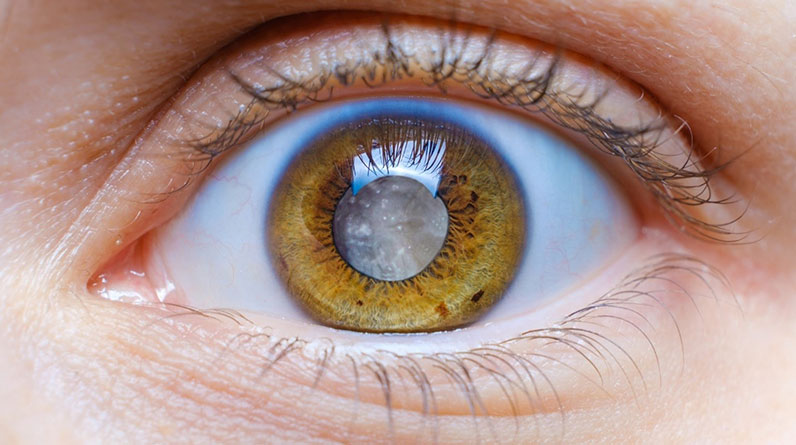
Age-Related Macular Degeneration
Age-related macular degeneration (AMD) is a common eye condition that affects the macula, the central part of the retina responsible for sharp, detailed vision. AMD is a leading cause of vision loss in people over 50, making it a significant public health concern as the population ages.
This condition primarily impacts activities such as reading, driving, and recognizing faces, as central vision becomes blurred or distorted.
There are two main types of AMD:
- Dry AMD is the more common form, accounting for about 80-90% of cases. It develops gradually as the macula thins with age.
- Wet AMD is less common but more severe. It occurs when abnormal blood vessels grow under the retina, leaking fluid or blood, leading to rapid vision loss.
Understanding the differences between dry and wet AMD is important for early detection and appropriate treatment to help preserve vision. In what follows, we discuss the causes and risk factors, symptoms, and preventative strategies.
Causes And Symptoms of A-RMD
Age-related macular degeneration (AMD) is caused by a combination of factors, including genetics, smoking, and certain elements of the diet. The disease progresses gradually, and its symptoms vary between the early and advanced stages. Recognizing these symptoms early on leads to timely diagnosis and treatment, which can help slow the progression of vision loss.
Early Symptoms
In the early stages of AMD, symptoms may be subtle or even non-existent, particularly with dry AMD. Many people may not notice changes in their vision until the disease progresses. However, there are some early signs to watch for:
- Blurry or fuzzy central vision: This is one of the earliest symptoms, where objects in the center of your vision appear blurry, making it difficult to focus on fine details like reading text or recognizing faces.
- Difficulty seeing in low light: People with early AMD often struggle with vision in dimly lit environments, such as reading in low light or transitioning between light and dark spaces.
- Distortion of straight lines: Lines that should appear straight, such as doorframes or text lines, may appear wavy or distorted, a condition called metamorphopsia. This is a key sign of potential macular damage.
Advanced Symptoms
As AMD progresses, especially in its advanced stages, symptoms become more pronounced and begin to interfere with daily life. In wet AMD, the condition may progress rapidly, leading to more severe symptoms:
- Significant central vision loss: The most prominent symptom in advanced AMD is a worsening loss of central vision, which makes it difficult to perform tasks requiring sharp vision, such as reading, driving, or recognizing faces. Peripheral vision is usually unaffected.
- Dark or blind spots (scotomas): People with advanced AMD may develop dark or empty areas in the center of their vision, creating blind spots that make it impossible to see objects directly in front of them.
- Fading or dimming of colors: Colors may appear less vibrant or dull, affecting color perception and making daily tasks like cooking or choosing clothes more difficult.
- Rapid vision loss (in wet AMD): In wet AMD, the abnormal growth of blood vessels can cause sudden and rapid loss of central vision due to bleeding or fluid leakage under the retina.
Preventative Measures
While there is no cure for age-related macular degeneration (AMD), certain preventative strategies can help reduce the risk of developing the condition or slow its progression. These approaches involve making lifestyle modifications, taking protective measures for the eyes, and scheduling regular eye check-ups to ensure early detection.
1. Lifestyle Modifications
Adopting a healthy lifestyle can have a significant impact on reducing the risk of AMD:
- Quit smoking: Smoking is one of the most significant risk factors for developing AMD, as it accelerates damage to the blood vessels in the eyes. Quitting smoking can reduce this risk and protect overall eye health.
- Eat a nutrient-rich diet: A diet rich in leafy greens, colorful vegetables, and fatty fish provides key nutrients like Vitamins A, C, E, zinc, and omega-3 fatty acids, which support eye health. These nutrients have been shown to slow the progression of AMD and protect the retina.
- Maintain a healthy weight and exercise regularly: Cardiovascular health is closely linked to eye health. Regular physical activity improves blood circulation and helps prevent conditions like high blood pressure, which can contribute to the development of AMD.
2. Protective Measures
Protecting the eyes from harmful environmental factors can also help reduce the risk of AMD:
• Wear sunglasses with UV protection: Prolonged exposure to ultraviolet (UV) rays from the sun can contribute to retinal damage and increase the risk of AMD. Wearing sunglasses that block 100% of UV rays helps protect the eyes.
• Use blue light filters: Blue light emitted by digital screens can strain the eyes over time. Using blue light filters or adjusting screen settings can reduce exposure, especially for those who spend long hours on computers or phones.
3. Regular Eye Check-Ups
Early detection of AMD is the key to slowing its progression, as symptoms in the early stages may be minimal or go unnoticed. Regular eye exams allow for timely diagnosis and management:
- Comprehensive eye exams: Adults over 50 should have regular eye exams at least once every two years and more frequently if they have a family history of AMD. These exams include dilation, which allows the eye doctor to examine the retina and detect any early signs of AMD.
- Monitoring changes in vision: If you notice any changes in your vision, such as blurriness, difficulty seeing in low light, or distortion of straight lines, it is essential to schedule an eye exam immediately. Early diagnosis allows for prompt treatment, which can preserve vision.
Living with age-related macular degeneration (AMD) can be challenging, but with proper management and support, individuals can maintain a good quality of life. Early diagnosis, regular monitoring, and adherence to treatment plans are essential to slowing the disease’s progression and preserving remaining vision.
Lifestyle modifications such as a healthy diet, quitting smoking, and protecting the eyes from UV rays can further help in managing the condition. While central vision may be affected, adaptive tools and vision rehabilitation programs are available to help individuals continue daily activities and live independently despite the challenges posed by AMD.



